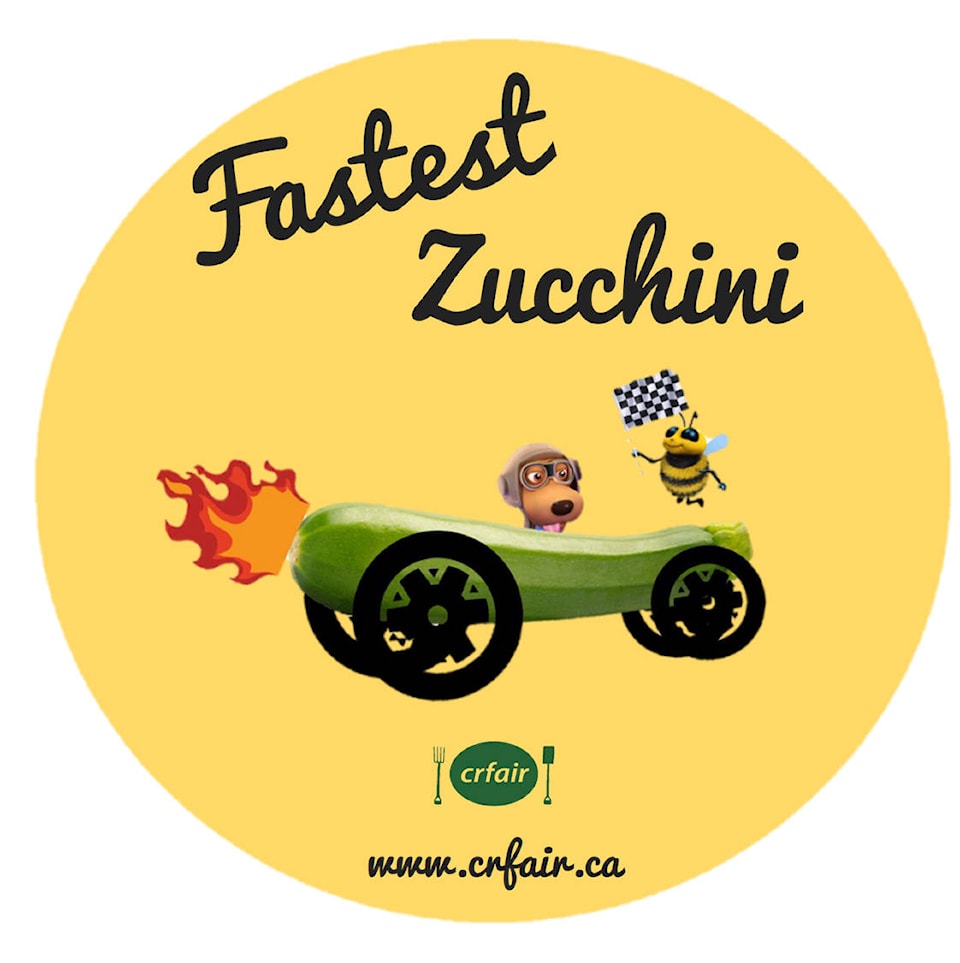By Linda Geggie
For Black Press
Most parents are silently celebrating the fact that school is just around the corner, but there is much more to cheer about at this time of year, good food. There is no shortage of food and farm activities and events.
This upcoming Labour Day weekend is the very . Originally developed to showcase local agriculture, it is now in its 149th year and is touted as Western CanadaB次元官网网址檚 oldest continuous agricultural fair. The theme this year is Heritage Breeds and Seeds. Beauty, taste and variety are reasons that we love heritage breeds and heirloom seeds; perhaps more importantly they may support our very survival.
Today most of the food we eat comes from a very few specialized varieties. As a result of the commercialization of farming and the focus on a few select varieties, we have seen the loss of an estimated 75 per cent of the genetic diversity in our food supply. The less genetic diversity we have the less insulated we are from risk.
The lumper potato, widely planted in Ireland in the 1800s, provides a case in point. This potato, while having superior production to many varieties, was inferior in its resistance to phytophthera infestans (the blight). The heavy reliance on the lumper potato was a major factor in the widespread famine and death of over one million people. In the 1970s, a similar situation of widespread monoculture crop loss arose across the Midwest when corn crops were hit with blight.
Today there is movement to raise heritage and heirloom breeds and seeds to maintain genetic diversity. One such effort is the Canadian Bauta Family Initiative on Canadian Seed Security. They are working with farmers, seed producers, researchers and partners to conserve and advance biodiversity, maintain public access to seed, deliver research and training programs on ecological seed production, and promote the wisdom and knowledge of farmers. You can learn more at or visit to learn about the longstanding service of USC Canada working with farmers worldwide.
Heritage generally refers to animals that have been raised for food and that are adapted to withstand disease and live in their unique environments. Berkshire, Tamworth, Duroc and Red Wattle are a few heritage pig breeds you may spy at the Saanich Fair. Heirloom is a term that normally refers to edible plant varieties. Many have been grown over centuries for their colours, textures and tastes.
Every year rain or shine, when I am not checking out the heritage chickens or the heirloom tomato displays, I am at our booth by the main stage alongside a crew of farmers and food enthusiasts. We team up with the Peninsula and Area Agriculture Commission to provide information and answer questions about the local food and farm scene.
This year, we shine the light on the importance of pollinators. We are teaming up with the Island Pollinators Initiative, which is a coalition of groups working to educate about the importance of pollinators and what we can do as stewards to support their populations.
One in three bites of our food is reliant on pollinators. Come by and test your pollinator identification IQ. Also be sure to bring your kids by for the zucchini races.
We will have wheels and decorations to make your racer, and if you bring your own zucchini ready to race, you can enter the Zucchini 500 that will take place on Sunday at 2 p.m. There will be prizes. You can register at .
Also a heads up to the urban gardeners or just plain curious, the Victoria Urban Food Garden Tour happens Saturday, Sept. 9. You can take the self-guided tour and visit your choice of diverse home food gardens across Greater Victoria.
During the tour you can talk to home and community gardeners about how they do it, learn tips for year-round food production, and see an assortment of veggies, bees, chickens, quail, fruit trees, mushrooms and more. Come out and be inspired. More info at .
Linda Geggie is the executive director with the Capital Region Food and Agriculture Initiatives Roundtable and can be reached atlgeggie@cfair.ca.



